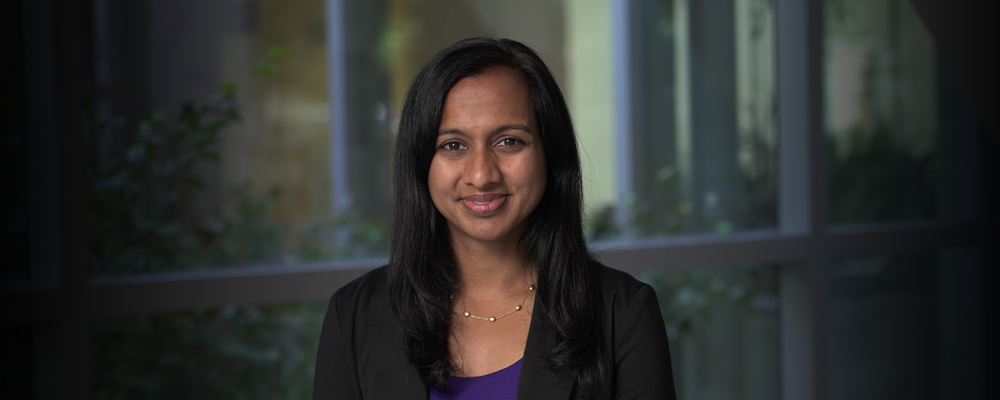Neonatal jaundice is a common condition, caused by high levels of bilirubin in a newborn’s bloodstream. It’s easily treatable with phototherapy, and the American Academy of Pediatrics (AAP) has established clear guidelines for the levels at which treatment is indicated. However, in recent years physicians commonly prescribe phototherapy for babies with bilirubin levels that, while high, are lower than the AAP’s recommended threshold for treatment.
“The reason for this is to save parents from having to return to the hospital for phototherapy later, in the event that bilirubin levels continue to rise,” says Dr. Wickremasinghe. “But no research had been done on the effectiveness of subthreshold phototherapy at preventing hospital readmissions.”
So Dr. Wickremasinghe collaborated with the KP Division of Research to conduct a 5-year cohort study in KP Northern California of nearly 26,000 newborns born at 35 or more weeks’ gestation with bilirubin levels just below the threshold. She found that 19% of them received subthreshold phototherapy, with a 5% readmission rate, compared to a 13% readmission rate in the group that did not receive subthreshold treatment.
“Although subthreshold phototherapy during birth hospitalization decreases readmissions, we found for each readmission prevented, many newborns receive phototherapy who would otherwise not need it,” says Dr. Wickremasinghe, whose findings were published in JAMA Pediatrics in 2018. “It also increases birth hospitalization length of stay by an average of 22 hours.”
“Dr. Wickremasinghe’s research enables physicians to better educate families on the risks and benefits of subthreshold phototherapy, and to advocate for deferring treatment when appropriate,” says Betty Suh-Burgmann, MD, chair of the Central Research Committee. “The study helps us to know how to best balance the desire to reduce readmission with the desire to avoid unnecessary treatment.”
